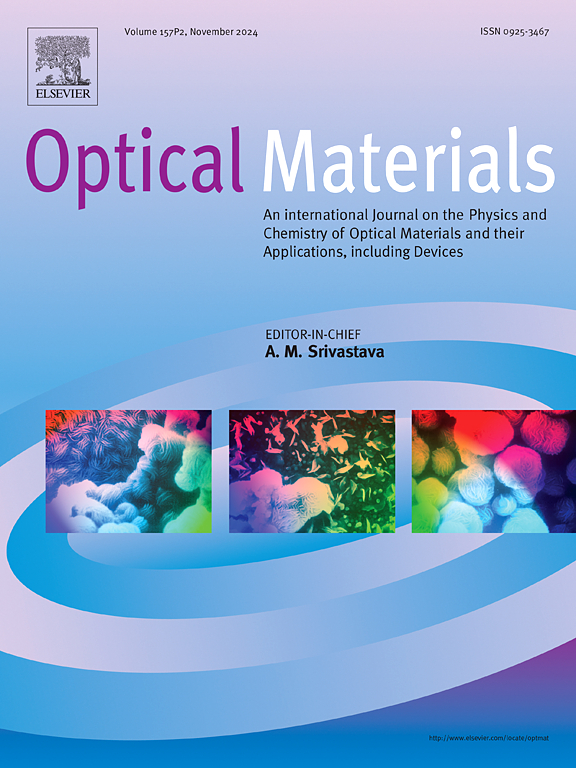Highly solar-reflective calcium phosphate biomaterials through wet chemical precipitation
IF 3.8
3区 材料科学
Q2 MATERIALS SCIENCE, MULTIDISCIPLINARY
引用次数: 0
Abstract
Calcium phosphate compounds are critical to an expansive collection of applications within the medical field. In addition, calcium phosphates have been recently exemplified as strong candidates for solar reflective materials, supporting the realization of future sustainability goals. In any of these valuable use cases, an accurate understanding of the composition, morphology, and optical properties is critical to design calcium phosphate materials for target applications. In this work, we present compositional and morphological characterizations for a wide variety of calcium phosphate compounds synthesized through varying the parameters of a wet chemical synthesis method. The influence of reactant pH, reaction temperature, and calcination temperature choices are discussed with respect to the resulting microscale and nanoscale feature sizes as well as the abundance of different calcium phosphate phases. Further, the synthesized calcium phosphates are exemplified as high-performance broadband solar reflectance materials, with normalized reflectance values ranging from 0.93 to 0.98. This feature is enabled by the synergy between their optical properties and morphologies, which produces an efficient dispersion of scattering behaviors throughout the entire solar wavelength regime. The influence of the chosen synthesis parameters on reflectance performance is discussed in detail. This provides key takeaways for sustainable applications, especially the development of passive radiative cooling coatings and paints.
高太阳反射磷酸钙生物材料通过湿化学沉淀
磷酸钙化合物对医疗领域的广泛应用至关重要。此外,磷酸钙最近被证明是太阳能反射材料的有力候选材料,支持实现未来的可持续发展目标。在任何这些有价值的用例中,准确理解组成、形态和光学性质对于设计用于目标应用的磷酸钙材料至关重要。在这项工作中,我们通过改变湿化学合成方法的参数,提出了多种磷酸钙化合物的组成和形态表征。讨论了反应物pH、反应温度和煅烧温度的选择对所得微尺度和纳米尺度特征尺寸以及不同磷酸钙相丰度的影响。此外,合成的磷酸钙是高性能宽带太阳反射材料,归一化反射率值在0.93 ~ 0.98之间。这一特性是由它们的光学特性和形态之间的协同作用实现的,这在整个太阳波长范围内产生了有效的散射行为。详细讨论了合成参数的选择对反射性能的影响。这为可持续应用,特别是被动辐射冷却涂料和油漆的开发提供了关键的要点。
本文章由计算机程序翻译,如有差异,请以英文原文为准。
求助全文
约1分钟内获得全文
求助全文
来源期刊

Optical Materials
工程技术-材料科学:综合
CiteScore
6.60
自引率
12.80%
发文量
1265
审稿时长
38 days
期刊介绍:
Optical Materials has an open access mirror journal Optical Materials: X, sharing the same aims and scope, editorial team, submission system and rigorous peer review.
The purpose of Optical Materials is to provide a means of communication and technology transfer between researchers who are interested in materials for potential device applications. The journal publishes original papers and review articles on the design, synthesis, characterisation and applications of optical materials.
OPTICAL MATERIALS focuses on:
• Optical Properties of Material Systems;
• The Materials Aspects of Optical Phenomena;
• The Materials Aspects of Devices and Applications.
Authors can submit separate research elements describing their data to Data in Brief and methods to Methods X.
 求助内容:
求助内容: 应助结果提醒方式:
应助结果提醒方式:


